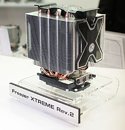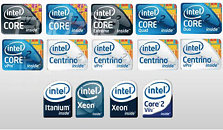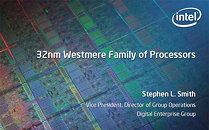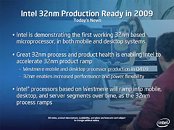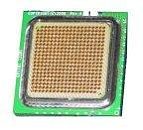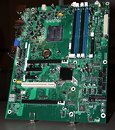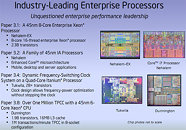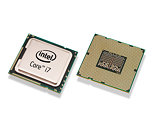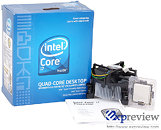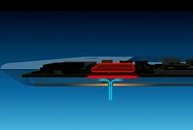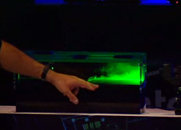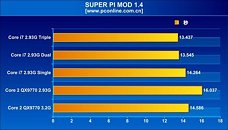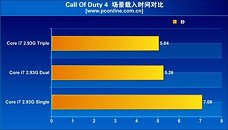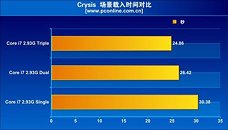
Kingston Technology Ships 1333 and 1066 MHz Memory Supporting Intel Nehalem Server
Kingston Technology Company, Inc., the independent world leader in memory products, today announced it is shipping both 1333- and 1066MHz DDR3 server memory modules validated by Intel for use on its Xeon processor-based motherboards. Kingston's registered ECC server DIMMs and unbuffered ECC DIMMs are optimized to take advantage of the triple-channel architecture for Intel's newest server platforms using the new Nehalem-based Xeon processors.
The 1333- and 1066MHz DDR3 server modules are available immediately. Kingston server memory is backed by a lifetime warranty and free, 24/7 technical support. For more detailed information visit www.kingston.com. For Intel validation information visit this page.
The 1333- and 1066MHz DDR3 server modules are available immediately. Kingston server memory is backed by a lifetime warranty and free, 24/7 technical support. For more detailed information visit www.kingston.com. For Intel validation information visit this page.


